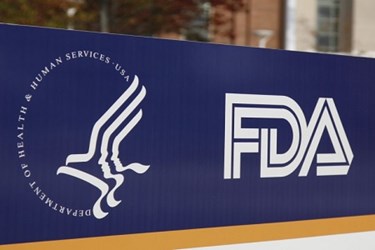Industry Groups Optimistic Over Re-Authorization of MDUFA

The FDA and several industry advocacy groups have reached a tentative agreement regarding the fourth re-authorization of the Medical Device User Fee Agreement (MDUFA), which is slated for delivery to congress in January of 2017. Under the re-authorization, the FDA will collect close to $1 billion in user fees, money that will be allocated to fund several improvements to the FDA’s review process.
The FDA has hosted 11 meetings with both patient and consumer groups over the past year to iron out the details of MDUFA IV, an agreement that builds upon policy outlined in the 2012 re-authorization of the act. Proposals suggested in previous versions of MDUFA were provided with specific metrics and timelines in return for a 68 percent hike in user fees, according to the Regulatory Affairs Professionals Society (RAPS). The industry had previously suggested $680 million (plus inflation) in user fees, which the FDA countered was “not congruent” with the level of performance the agreement required of the agency. The most recent agreement has settled on $999.5 million (plus inflation adjustments).
In return, the FDA has promised to reduce review times from the current average 290 days to 108 days by 2022. The agency also has committed to increase the involvement of both patients and industry through the review process; to improve the collection of real-world data throughout a device’s life cycle, via a pilot program; and to provide for third-party review of the FDA’s management of its review process. In future, the FDA will be required to provide “scientific rationale” with all deficiency letters issued.
News of the current agreement was met with enthusiasm by industry support groups, including the Advanced Medical Technology Association (AdvaMed), the Medical Device Manufacturers Association (MDMA), and the Medical Imaging & Technology Alliance (MITA). All groups agree that the proposed policy enhancements and cost to industry in user fees are in the best interest of the industry, agency and patients.
“Industry strongly supports the expanded input and involvement the patient community will have in the device regulatory process under this agreement,” said Scott Whitaker, AdvaMed president and CEO, in a statement. Whitaker added that he looks forward to assessing results from the real-world data pilot program, which he said holds “great potential” to improve patient care.
According to a statement by Jeffrey Shuren, director of the FDA’s Center for Devices and Radiological Health (CDRH), the additional funds will enable real-world data collection from a variety of digital sources, including electronic patient files and registries. Shuren also commented that this current agreement reflects a year’s worth of negotiations and “the efforts the FDA has made to meet or exceed its performance goals.”
MDMA CEO Mark Leahey released a statement that praised the agency’s commitment to strengthening the premarket review process. “MDMA will continue to work with all stakeholders so that the possibilities contained in this proposal are realized, and that America’s medtech ecosystem remains the gold standard for safety and efficacy,” said Leahey.
Full details will be available with the next draft of MDUFA IV, which will be published in coming weeks and will be open to comment by stakeholders. The agency hopes to present a final draft to Congress in January of 2017. The current version of MDUFA is set to expire on October 1, 2017.
